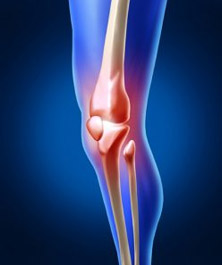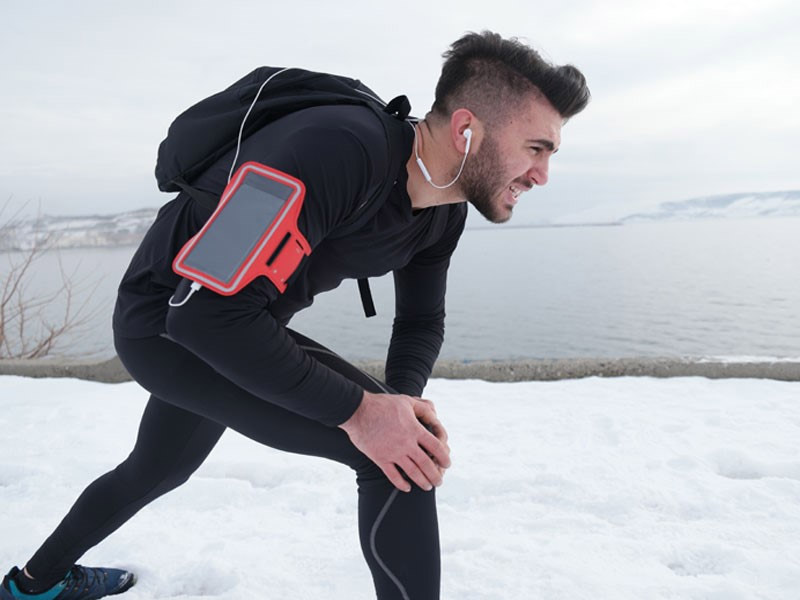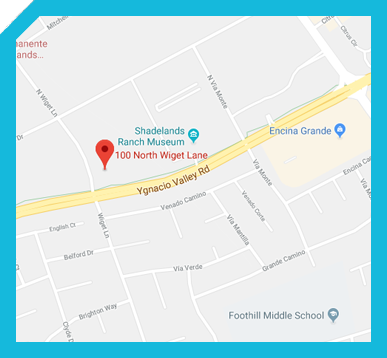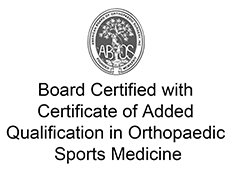
Patients often tell me that cold weather brings out the worst of their knee pain. Cold weather can exacerbate joint pain in anyone suffering from chronic joint disorders.
Changes in Atmospheric Pressure
It is possible to feel changes in atmospheric (also called barometric) pressure in your joints. Cold weather is often heralded by lower atmospheric pressure. When the air pressure changes, tendons, muscles, and tissues may expand or contract — these changes can result in discomfort and pain. In particular, the attachment points of tendons which are found all around the knee can become very painful with cold and damp weather.
Exposed Nerves and Scar Tissue
Joint pain is caused by the transmission of painful nerve signals. There are many areas around the knee that have pain receptors. These include the muscles, tendons and the joint capsule. Our joints have a balloon-like structure called a joint capsule which keeps the joint separated from the surrounding soft tissues. It encloses the joint fluid. The cartilage is a white smooth cushion in our joints that acts like the shock absorber in the joint. It does not have nerve endings. It sits on the top of the bone in our joints. The underlying bone has a lot of nerve endings. When the cartilage is weakened or worn out, the nerves in the bone beneath the cartilage can become exposed to fluid and pressure. These newly-exposed nerves can be especially sensitive to changes in air pressure and cold weather. As a result, they can transmit sensations of pain from the joint.
Joint Fluid and Cold Weather
Cold weather may also affect the joint fluid present in your knee. This lubricant (called “synovial fluid”) is similar in consistency to motor oil. It plays an important role in cushioning the cartilage between your bones in the joint.

Lower temperatures may cause your synovial fluid to thicken and become more viscous, reducing its mobility around the joint and affecting its function. This may be a factor leading to joint discomfort. The less freely the joint fluid flows, the more likely you are to experience pain during those cold winter months.
Lack of Movement
The arrival of winter often makes us bundle up and stay indoors. Lack of regular movement can lead to a weakening of the muscles and tendons surrounding the knee joint. These weakened structures are less able to support the body. The lack of adequate muscle function causes pain at the tendon attachments leading to pain around the joint.
Managing Knee Pain During Cold Weather
Staying active is a great way to help manage your joint pain. Listen to your body — if exercise hurts, take it easy and begin gradually. The key is to start slowly and build up endurance. Stretching followed by a brisk walk will help to keep your joints limber and healthy during these months.
The benefits of regular exercise for your knee are as follows:
- Helps maintain full motion in your knee
- Strengthens the muscles surrounding your joints and thus decreases pain at the tendon attachments
- Fuels your cartilage with vital nutrients which are passed through the cartilage with joint movement
As the initial pain goes away, I would recommend regular stretching, strengthening exercises, and anti-inflammatory drugs (only as needed and as recommended or prescribed by your physician). Physical therapy has also been shown to be very helpful in accelerating the strengthening process and decreasing pain from conditions such as arthritis.
Reach out If You Have Additional Questions
Knee pain is not something you need to accept. If you have additional questions, we encourage you to contact us for a personal consultation.








 How Does Colder Weather Affect My Knee Pain?
How Does Colder Weather Affect My Knee Pain? 







